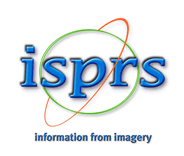ISPRS WG II/1
Image Orientation and Fusion
Our Mission
ISPRS Working Group II/1 aims to promote the development of new approaches and algorithms related to image matching, orientation, alignment and fusion applied to various data sources such as conventional as well as unconventional images. The sources include but are not limited to close-range, airborne, underwater and spaceborne imagery. Fostering collaborations between photogrammetry and computer vision scientists and societies, encouraging open-source developments, and wide-scale knowledge dissemination will be at the core of the working group activities. WG II/I will also create reliable test benchmarks to support researchers in evaluating the performance, robustness, and applicability of their algorithms and methodologies.
Working Group Officers | ||
Chair | ||
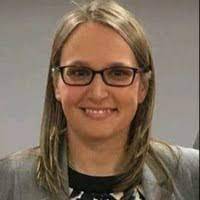 | Petra Helmholz Curtin University GPO Box U1987 Perth WA 6845 AUSTRALIA +61 8 9266 3369
| |
Co-Chair | ||
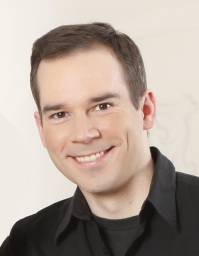 | Ronny Hänsch DLR Germany HR-STR Münchener Str. 20 82234 Weßling GERMANY +49 8153 28-3975
| |
Co-Chair | ||
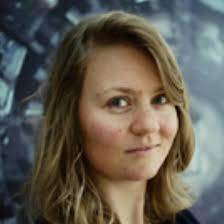 | Ewelina Rupnik LaSTIG, Univ. Gustave Eiffel, IGN-ENSG IGN 73 avenue de Paris 94165 Saint-Mandé FRANCE
| |
Secretary | ||
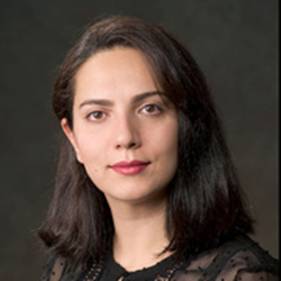 | Mozhdeh Shahbazi Natural Resources Canada, Government of Canada 50 Place de la Cité Sherbrooke, Québec CANADA +1 819-564-5600
| |
Supporters | ||
Supporter | ||
 | Jianzhu Huai Wuhan University 909 Xinghu Bldg Faculty of Info Sciences Wuhan Univ., 129 Luoyu Road Hongshan District Wuhan Hubei CHINA +86-13671260930
| |
Benchmark Manager | ||
 | Michael Schmitt University of the Bundeswehr Munich Werner-Heisenberg-Weg 39 85577 Neubiberg GERMANY +49 89 6004-4426
| |
Industry | ||
 | Dimitri Bulatov IOSB Fraunhofer Institute Institut für Optronik, Systemtechnik und Bildauswertung Gutleuthausstr. 1 76275 Ettlingen GERMANY +49 7243 992-136
| |
Benchmark Manager | ||
 | Ludwig Hoegner Munich University of Applied Sciences Karlstrasse 6 80333 Munich GERMANY +49 (0)89 1265-2678 +49 (0)89 1265-2698
| |
Terms of Reference
- Orientation of classical and unconventional images including but not limited to oblique images, images from cameras with rolling shutter, RGBD images, crowd-sourced images, historical images, and thermal infrared images
- Multimodal image matching for alignment, registration and fusion of multi-source imagery, e.g. optical and radar images
- Geometric, algebraic and learning-based approaches to multi-view stereo and structure-from-motion (SfM)
- Modern approaches in intrinsic/extrinsic camera calibration and bundle adjustment (BA), e.g. single-image calibration, online calibration, methods for handling ambiguous and degenerate configurations, large-scale BA, and structureless BA
- Vision-based measurement of dynamic processes, e.g. structural deformations
- Evaluation of performance, reliability, robustness, and generality of methods
WG II/1






